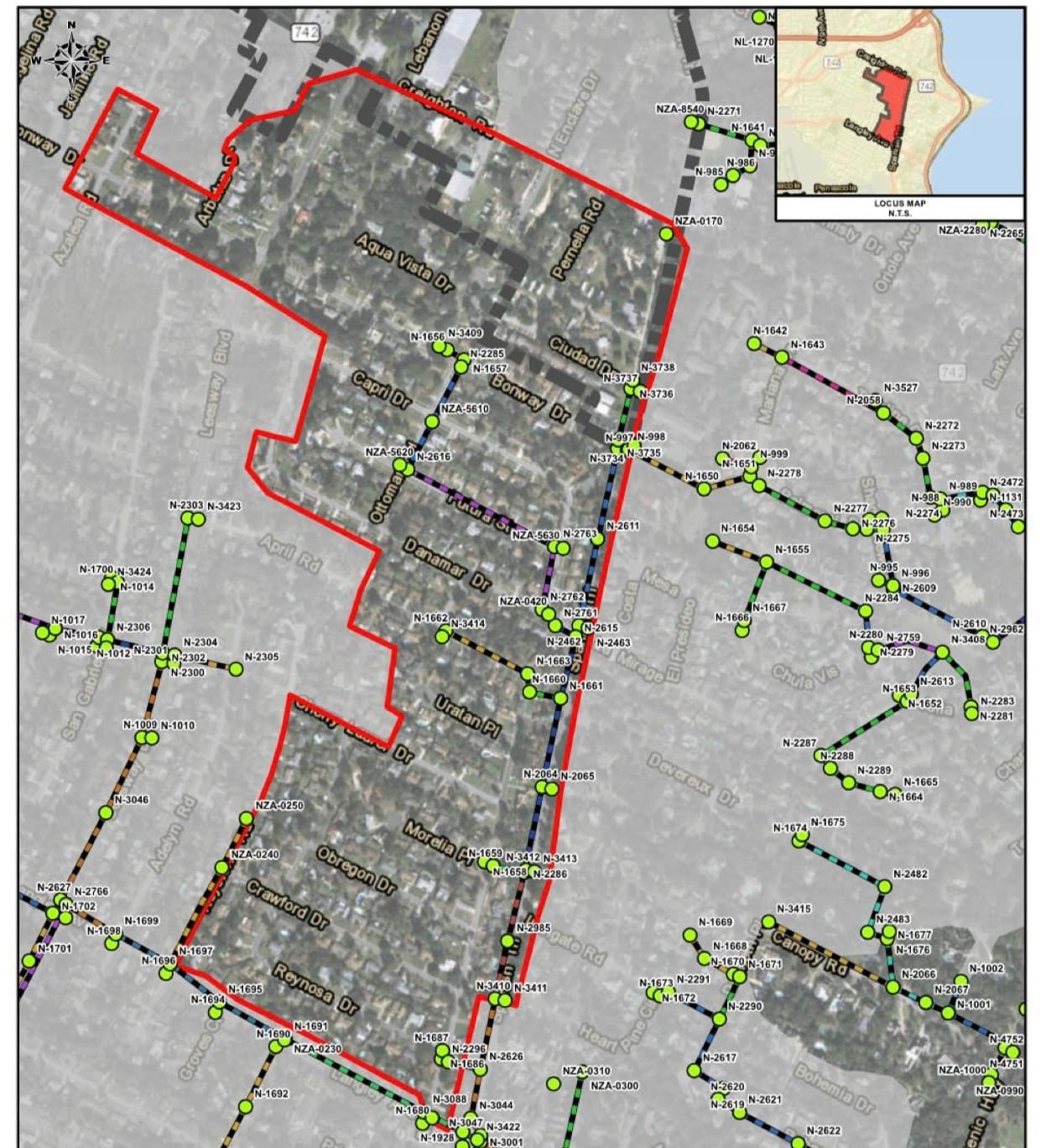A decade since the flood

Anyone who’s lived in Pensacola long enough will have a story like this. For most folks it's a hurricane. I was still a baby when Fredric hit in September 1979. The first storm I can remember was Hurricane Elena in 1985. Erin and Opal in 1995. That was a fun year. And of course Hurricane Ivan in 2004. Shannon and I got married two days after Ivan. But that’s another story for another day.
Hurricanes are as serious as it gets. People die. Homes and businesses are destroyed.
But there was nothing like the night of April 29, 2014.
I had an office in Belmont-DeVilliers back then, and I remember heading home early. It was already raining in the late afternoon, and at a pretty good rate. We’d already had several inches of rain by dinnertime. But the 9 p.m. hour alone saw more than 5 inches fall at the airport, bringing the 3-hour total to just over 7 inches. The six-hour total saw more than 9 inches. And that turned out to only be about half of what would inundate Pensacola that night.
Maybe you remember the horrific pictures and video. On the west side of the airport, much of Piedmont Road in Cordova Park looked like a bomb went off. That’s not an exaggeration. A home off Bayou Boulevard — across the street from my grandparents’ house — was cut in two as half of it fell into a giant sinkhole opened by the torrential rainfall. Part of Scenic Highway fell into Escambia Bay.
I live at the end of Flax Road that backs up to the airport. We were long used to some flooding if it rained real hard real fast. But as bad as that was, nobody was prepared for 6 inches of rain in one hour, with no end in sight. Minus the wind, it was more scary than Hurricane Ivan. Certainly the worst we’d seen since then, anyway.
Flax Road, around 11 p.m. on April 28, 2014. The rain wouldn't stop for hours.
Officially, the flood was deemed between a 100- and 200-year event. While it definitely exposed flaws in our existing stormwater infrastructure — and created many more in the process — it drove home the importance of investing the capital to build things right. It was true then, and it’s just as true 10 years later.
That’s something that needs to be remembered when we see new houses being built, or new developments being planned. It might cost more to do things the right way. It might mean trading a bit of nostalgia to ensure a better future. But investing in the future is the right thing to do now.

There aren’t quick and easy fixes here, at least not in a big-picture sense. In District 1, we’ve already seen the first of what comprises three phases of work on the City’s Stormwater Master Plan from 2019; recall stormwater construction on the east end of Langley Avenue in 2020. The Master Plan is a big document, but it’s also very much digestible and worth a read. (tl;dr for District 1 purposes — bigger pipes to move more water.)
The Master Plan upgrades are important. But so, too, is funding the day-to-day drainage maintenance required. Otherwise, we’ll keep struggling on the relatively easy days, and suffer that much worse when things really get tough.
Or as my former colleague Bill Vilona likes to say, it’s the price you pay when you don’t pay the price.

